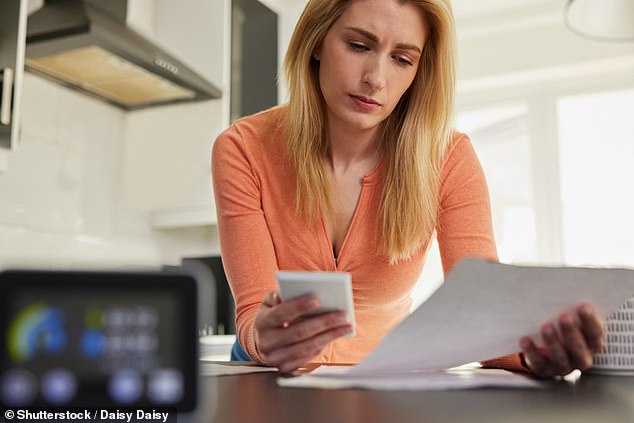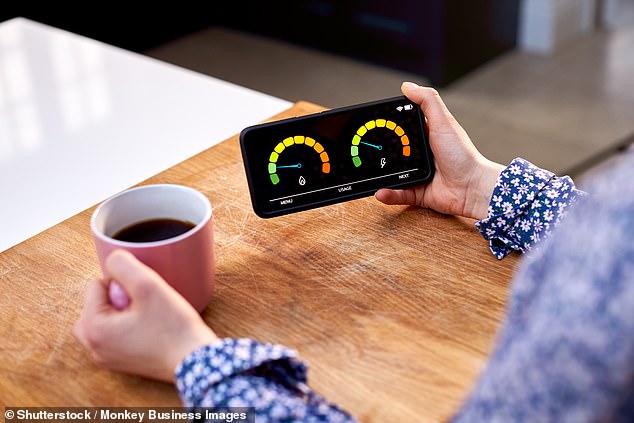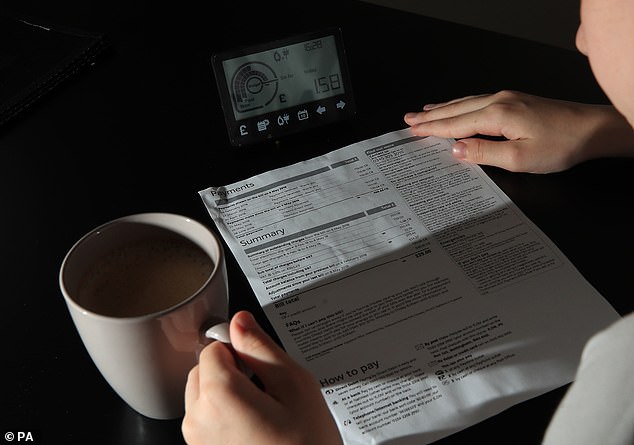Table of Contents
- The number of defective smart meters has increased enormously in the second half of 2023
- If your energy supplier doesn’t get accurate readings, he/she may overcharge
- Find out how to tell if your meter is working and what to do if it isn’t
<!–
<!–
<!– <!–
<!–
<!–
<!–
The number of faulty smart meters in Britain is increasing, with some households reporting they are being hit with higher bills as a result.
The number of meters not operating in ‘smart mode’ rose from 2.7 million to 3.98 million between June 2023 and early 2024, according to figures from the Department for Energy Security and Net Zero.
In other words, millions of so-called ‘smart’ meters are actually no smarter than the older meters they replaced and have become dumb.
DESNZ said reporting errors by a minority of suppliers could be behind the increase.

Questions to answer: The number of meters that do not work in ‘smart mode’ is increasing
These suppliers would then be obliged to repair the defective meters, according to the energy sector association Energy UK.
But how do you know if your smart meter is defective? And what should you do if you think this is the case? Find out below.
How do smart meters work?
Smart meters measure how much gas and electricity a household uses and share that information with you in almost real time.
They also send this information to your energy supplier via a wireless network similar to the internet, but exclusively for smart meters.
When disconnected, customers often rely on estimated bills, which must be corrected once the supplier has manual meter readings.
Smart Energy GB, a non-profit organization focused on the benefits of smart meters, says there are roughly 35 million smart meters in Britain, the “vast majority” of which work as intended.
At the end of 2023, 88.6 percent were working in smart mode, compared to 87.3 percent the year before.


Bill concerns: if your energy company does not receive smart meter readings, you may pay too much
How do you know if your smart meter is defective?
Some customers have either paid too much on their energy bills and struggled to get their money back – or paid too little and incurred debt – because their meters were not in smart mode.
Two in five customer suppliers did not receive meter readings, while one in 10 said their meters did not provide meter readings in the first place, according to a Which? questionnaire.
You can tell if your supplier is receiving your measurements by looking at your last bill (or by looking at your supplier’s app if they have one) and seeing if the measurements are marked as ‘smart’.
If this is not the case, you can check how often your smart meter should send measurements to your provider: monthly, hourly or half-hourly.
Doing this more often can improve invoice accuracy.
Another possible cause of the problem, which is not necessarily your smart meter’s fault, is if the supplier itself is having connection problems.
In this case, you may need to manually submit measurements to ensure your invoices are accurate while any issues are resolved.


You can see if your supplier is receiving your measurements by looking at your last bill (or by looking at your supplier’s app if they have one) and seeing if the measurements are marked as ‘smart’
What should you do if your smart meter is defective?
If you still think it’s your meter, you can do that can check the connection using this Citizens Advice tool.
Contact your energy supplier if your smart meter is not connecting properly. Be sure to submit manual measurements while the problem persists to ensure your invoices are accurate.
If there is a problem with your smart meter monitor, you can try moving it closer to your meters, checking the battery or making sure it is plugged in, or checking your supplier’s website for further troubleshooting tips.
If a smart meter monitor is broken or not working properly within 12 months of installation, your supplier should replace it free of charge, unless you have damaged it yourself.
After 12 months you can charge for a new smart meter, although some energy companies waive this.
